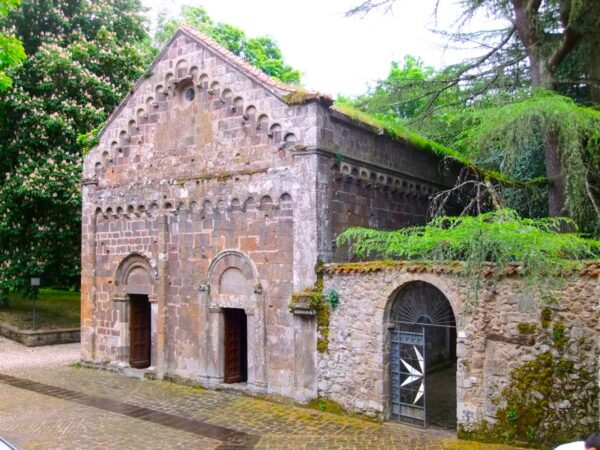A Fascinating Historical Village in the Heart of Sardinia
San Leonardo de Siete Fuentes is a charming village located in the central-western part of Sardinia, in the province of Oristano. This fascinating village, a fraction of Santu Lussurgiu, is nestled in a forest of oaks, cork trees, and elms, and is famous for its renowned seven springs, attracting many tourists every year.
NAVIGATE TO YOUR DESTINATION WITH GOOGLE MAPS!
History and Origins
The origins of San Leonardo de Siete Fuentes date back to the 12th century, earlier than those of Santu Lussurgiu, of which it is a fraction and located six kilometers away. Initially known as Ad Septem fontes during the Judicate period and later as Siete Fuentes under Spanish rule, the village takes its name from the seven springs and the Church of San Leonardo. The village has always had a stable population, although it now has just over 30 inhabitants.
The Springs and Waters
The seven springs of San Leonardo are among the most well-known in Montiferru. Located on the eastern slope of Monte Ferru, in the heart of a forest of oaks and cork trees, these springs flow year-round and are renowned for their diuretic properties. The water from the springs feeds a small lake and a stream that flows down to Abbasanta. The Fonti di San Leonardo de Siete Fuentes company bottles this precious water, operating in the facility along the main street of the village.
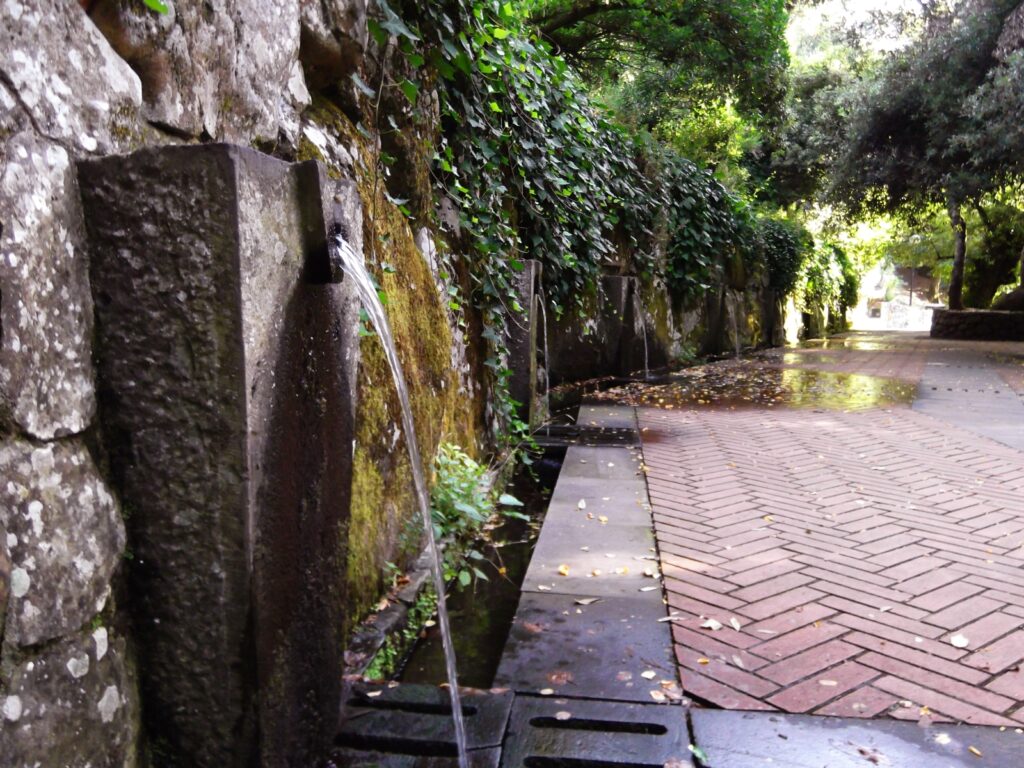
San Leonardo de Siete Fuentes | Gianderiu – Wikipedia
Nature and Landscapes
The village is nestled among oak and cork oak forests, offering an ideal environment for walks and picnics. The village park is a perfect place to relax, with small tables, century-old trees, and the constant sound of flowing water. During spring and summer, San Leonardo becomes a beloved destination for Sunday outings.
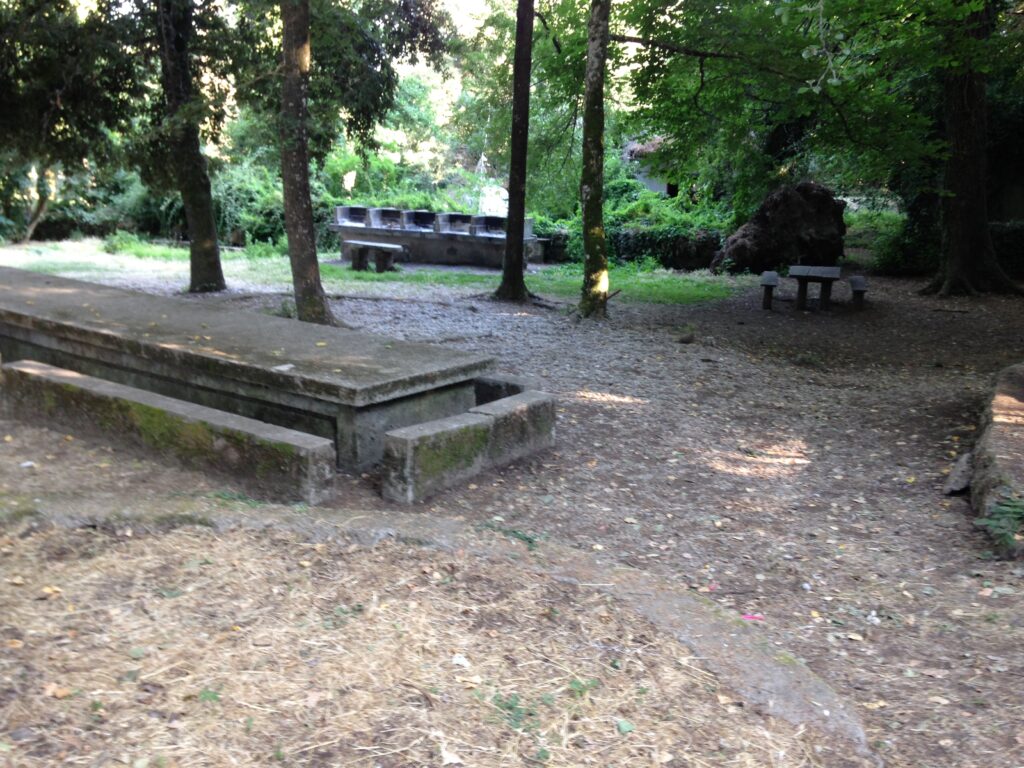
San Leonardo de Siete Fuentes | Air fans – Wikipedia
Monuments and Architecture
The Church of San Leonardo, built in the 12th century by the Order of St. John of Jerusalem, is the oldest monument in the village. Around the church are the Muristene, ancient accommodations for pilgrims, monks, or merchants, surrounded by forests of oaks, century-old oaks, and chestnuts. The church, in a mixed Romanesque and Gothic style, still bears the insignia of the Knights of Malta.
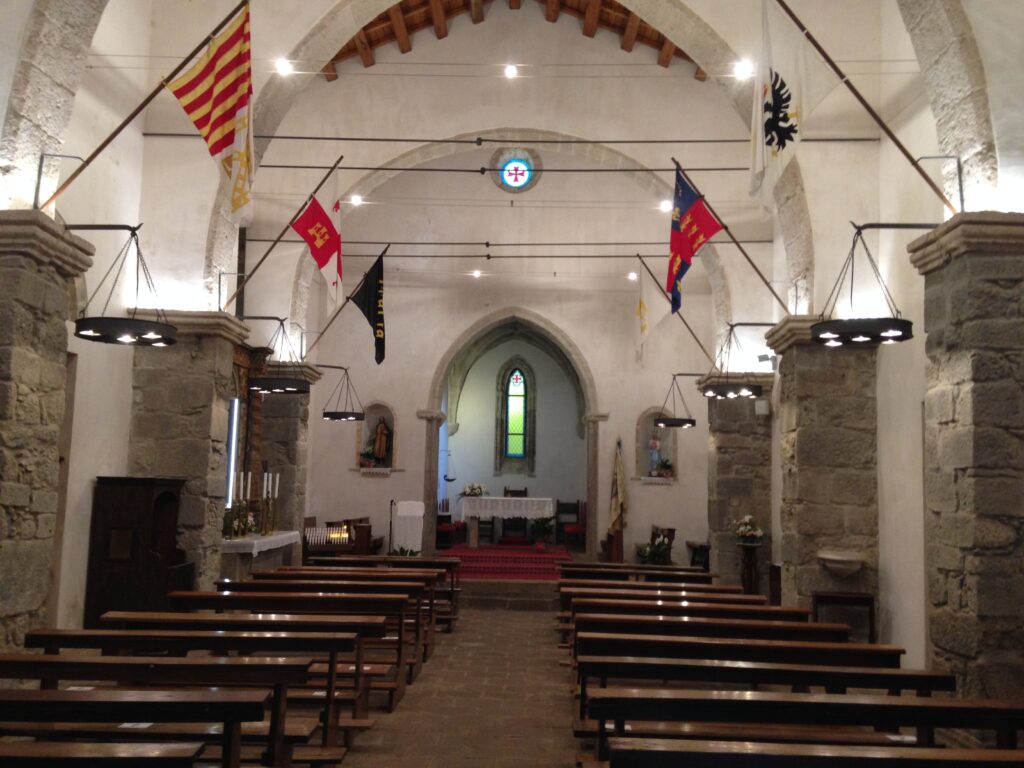
San Leonardo de Siete Fuentes | Air fans – Wikipedia
Events and Traditions
Since 1906, San Leonardo hosts the regional horse fair in early June, an event that combines nature and traditions and attracts visitors from all over the island. The village also boasts a monumental tree, an ancient chestnut tree of particular landscape and historical value.
Nearby Attractions
- Santu Lussurgiu: A few kilometers away, the town offers the Museum of Rural Technology, which tells the local history through over two thousand traditional objects. It is also famous for its typical products, such as red ox meat and casizolu, a spun cow’s milk cheese.
- Nuraghe Elighe Onna: A trilobed nuraghe located on a basaltic ridge, worth a visit despite its state of abandonment.
- Castello del Montiferru: Dating back to the 12th century, located in the municipality of Cuglieri, famous for sheltering Francesca Zatrillas in the 17th century.
- Cascata di S’Istrampu de sos Molinos: A spectacular waterfall with a total height of thirty meters, distributed in five drops, surrounded by the flowers of the Mediterranean scrub.
How to Get There
San Leonardo de Siete Fuentes is easily reachable by car via the SS 292 from Oristano towards Santu Lussurgiu. From Sassari and Nuoro, take the SS 131, turn towards Sindia, and continue towards Santu Lussurgiu.
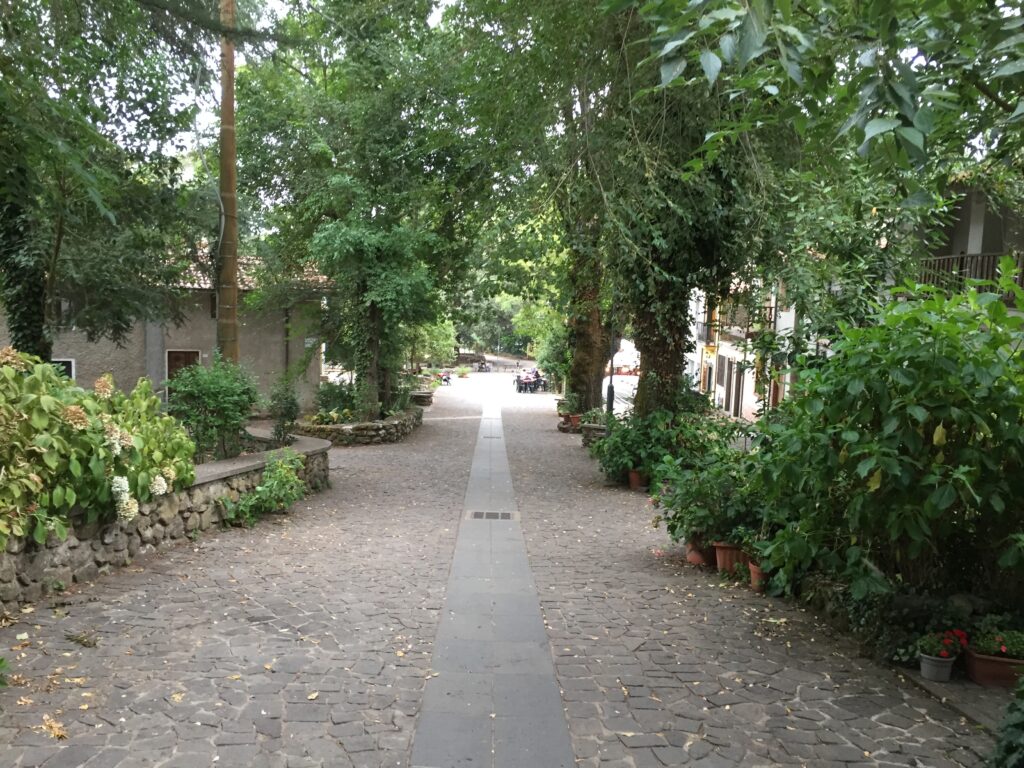
San Leonardo de Siete Fuentes | Air fans – Wikipedia
For information and guided tours, you can contact the municipality of Santu Lussurgiu through the official website or the local tourist board’s social media profiles. The village park offers services such as restaurants, bars, and craft shops, as well as picnic tables and playgrounds for children.
Notice
We apologize for any imperfections in the translation of this website, as it has been generated using non-professional tools. However, we want to assure you that the site is carefully curated and managed by Sardinian individuals who have an in-depth knowledge of the territory.


